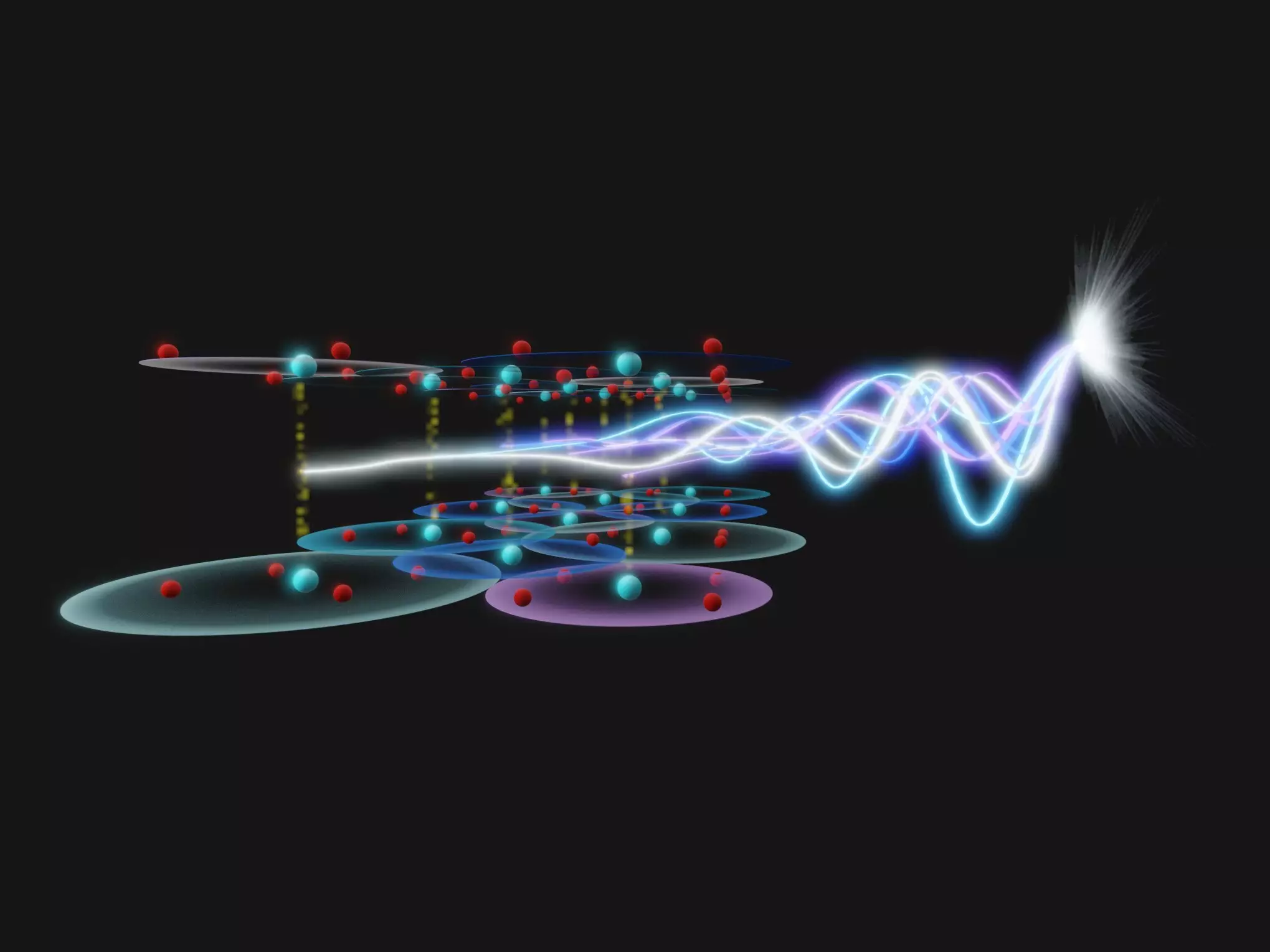In a significant advancement for condensed matter physics, a collaborative research team from the Max Planck Institute for the Structure and Dynamics of Matter in Hamburg and Brookhaven National Laboratory in the USA has unveiled a novel technique for exploring disorder in superconductors. The study, published in *Nature Physics*, utilizes terahertz pulses of light to scrutinize the disorder in the transport properties of these materials, paving the way for unprecedented insights into the behavior of high-temperature superconductors near their transition temperatures.
Disorder plays a crucial role in the properties of superconductors, particularly in high-temperature variants like cuprate superconductors, known for their exceptional electrical conductivity when cooled below a critical threshold. However, studying this disorder has traditionally proven to be a formidable challenge. Conventional methods, such as scanning tunneling microscopy, often require extremely low temperatures, thereby limiting their effectiveness in examining materials close to their superconducting transition temperature. As these materials become superconducting at relatively higher temperatures—around -170°C—researchers have faced significant hurdles in understanding how variations in their chemical composition influence superconductivity.
The complexity arises from the quantum phenomena underlying superconductivity, where electron interactions can lead to a state with zero electrical resistance. The impact of disorder on this delicate balance is not just a question of theoretical interest; it has profound implications for the development of technologies dependent on superconducting materials, including quantum computing and energy storage solutions.
To tackle these obstacles, the research team adapted techniques from nuclear magnetic resonance and extended them to terahertz spectroscopy—a method long utilized for studying molecular interactions but novel to the field of superconductivity. By using multiple terahertz light pulses, the researchers were able to observe the evolution of disorder in real-time. Specifically, they implemented a two-dimensional terahertz spectroscopy (2DTS) method in a non-collinear geometry, enabling them to isolate various nonlinearities in the material being studied. This innovative approach was pivotal in probing the cuprate superconductor La1.83Sr0.17CuO4, a material notoriously difficult to study due to its opaque nature.
One of the remarkable findings from this research was the discovery of what the team coined “Josephson echoes.” Upon excitation by terahertz pulses, the researchers noted that superconducting transport was revived, indicating a surprising resilience of the material’s superconducting properties even in the presence of disorder. This observation suggested that the disorder affecting the superconducting state was substantially less pronounced than previous measurements had indicated.
Interestingly, the research also demonstrated that the level of disorder remained stable up to 70% of the transition temperature, offering insights into the materials’ behavior in conditions that had previously eluded scrutiny. This stability hints at the fundamental robustness of the superconducting state, even in the face of disorder induced by chemical doping—a common method of enhancing superconductivity.
The implications of this study extend beyond a mere analysis of cuprate superconductors. The versatility and ultrafast capabilities of the angle-resolved 2DTS method open avenues for future exploration of other superconducting materials and quantum systems. Researchers are excited about applying this technique comprehensively to transient states of matter, which occur on timescales too brief for traditional methods to capture. This ability to probe quick phenomena could lead to a deeper understanding of the dynamic processes occurring in quantum materials.
The application of terahertz spectroscopy to study disorder in superconductors is a groundbreaking stride in the field of condensed matter physics. By overcoming previous limitations inherent in studying these materials, the research not only enhances our understanding of superconductivity but also lays the groundwork for future innovations that could revolutionize technology. The fusion of new techniques with established theories reflects a critical shift towards a more nuanced comprehension of complex quantum systems, promising a rich field of study in the years to come.


Leave a Reply